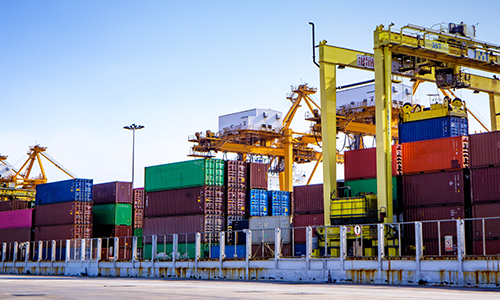About Us

Our Business is International Trade
The best address of reliability and quality in supply!
About Us
Smart International Trade as Textile, Medical, Mining, Agriculture and food, packaging to various regions of the world, In the special design sectors, we provide the right product, quality standard, the most affordable costs and supply with our strong logistics in line with the demands of our customers. At the same time, we partner with specialist manufacturers in specific sectors and supply our customers in various regions of the world and in the country.
In this direction, together with being guarantor to our domestic and foreign partners, we provide all the services required with our experienced and expert staff in international trade. (Reliability, market Research, accurate product supply, desired quality Standards, strong Logistics and optimal cost)
As with all our work so far, we proudly continue to provide superior service to all our partners in the price/Performance equation.
International Trade
International trade is an exchange of goods or services between at least two different countries. Changes can be import or export. Import refers to a good or service brought into the domestic country. Export refers to a good or service sold to a foreign country.
International trade is a method of economic interaction between international assets and is an example of economic connection. Other forms of economic connectivity include (1) foreign financial investment, (2) multinational companies, and (3) foreign employees. The growth in these forms of economic connectivity is known as globalization.
Why does international trade occur?
International trade occurs because a country has a comparative advantage in the production of a particular good or service, especially when the opportunity cost of producing that good or service is lower for that country than for any other country. If a country chooses not to trade with other countries, it is considered autarchy.
If we consider a two-country model, both countries can benefit from specialization and trade. Specialization and trade will allow each country to produce the product that it has a comparative advantage in, and then trade, and ultimately consume more of both goods. So there are benefits from trading.
Sources of Comparative advantage
1. International differences in Climate
International differences in climate play an important role in international trade – for example, tropical countries export products such as coffee and sugar. In contrast, countries in more temperate regions export wheat or corn. Trade is also affected by differences in seasons and geography.
2. Differences in factor equipment
Differences in factor equipment imply that some countries are more resource-rich than others in terms of land, labor, capital and human capital. According to the Heckscher-Ohlin model, a country has a comparative advantage in production if resources are abundant within the country; for example, Canada has a comparative advantage in the forestry industry. It is primarily driven by the fact that the opportunity cost for a country rich in related resources is lower.
3. Differences in technology
The differences in technology are most evident in the superior production processes seen in different countries. For example, consider Japan in the 1970s – a country that is not extremely resource-rich but has a comparative advantage in automobile production. The Japanese are able to produce more output than any other country with a given input, and this depends on superior Japanese technology.
Examples of International Trade policies
Most economists prefer free trade agreements because of their potential to gain from trade and comparative advantage. This is because these economists believe that government intervention will reduce the efficiency of markets. Still, many governments are implementing protectionist policies to protect domestic producers from foreign producers. There are two main protectionist policies.
1. The Tariffs
A tariff is an excise tax paid on the sale of imported goods. Tariffs are imposed to deter imports and protect domestic producers and are a source of government revenue.
A tariff increases the price received by domestic producers and the price paid by domestic consumers. Tariffs create dead weight losses because some mutually beneficial trades are not carried out, and because the resources of an economy are wasted in inefficient production, they increase inefficiencies.
2. Import quotas
The import quota refers to a legal limit on the amount of goods that can be imported within a country. Usually import quotas are managed through licensing agreements. An import quota leads to a similar result as a tariff, but instead of generating tax revenue, the licensee is paid a quota rent.
Arguments for a protectionist Trade Policy
Three main arguments for a protectionist trade policy:
National Security
Job creation
Protecting the Baby Industry
In general, tariffs or import quotas lead to gains for producers and losses for consumers. Therefore, the implementation of tariffs or import quotas is often due to the political influence of producers.
